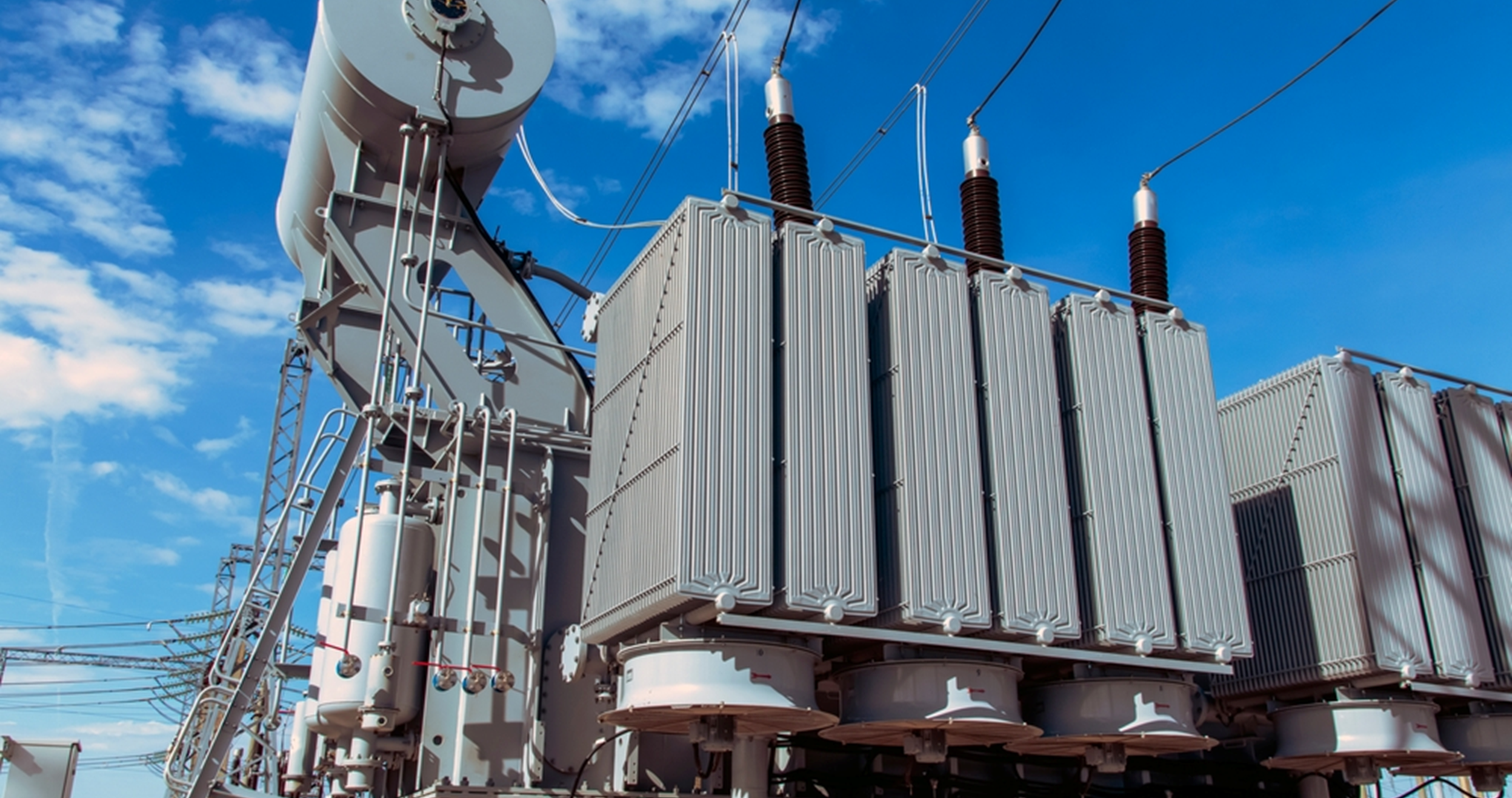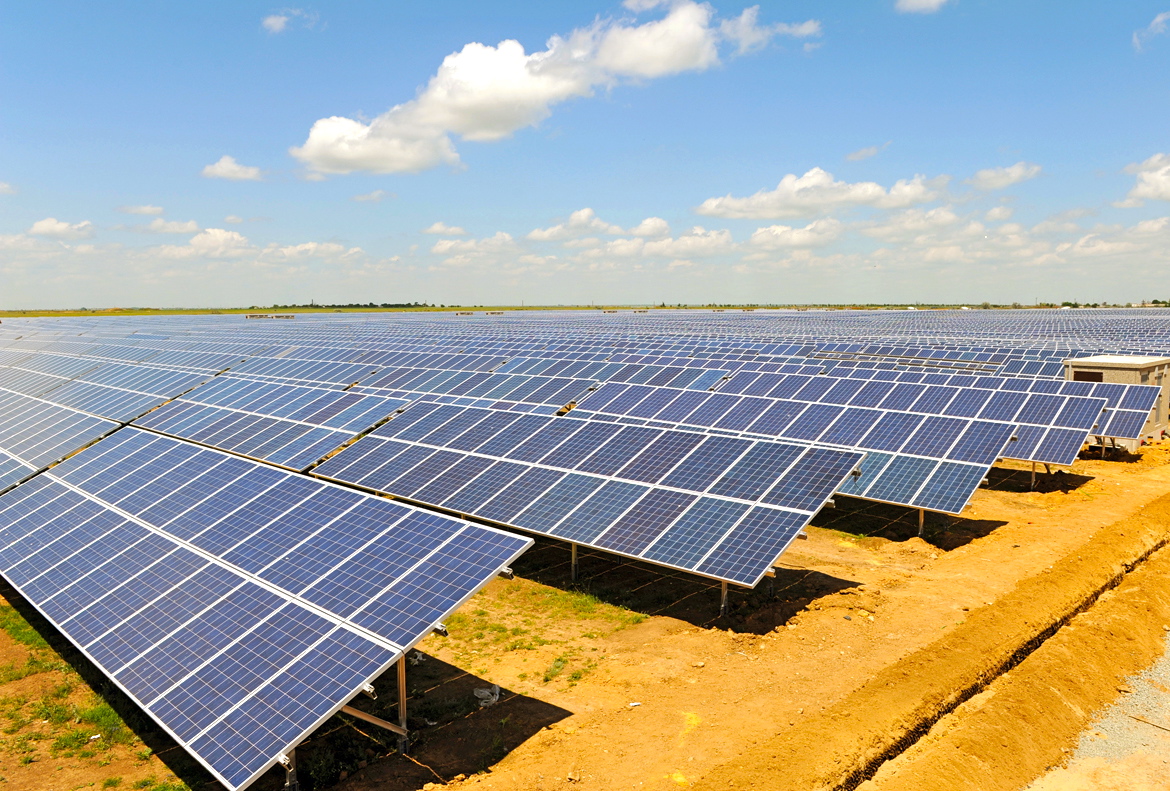Our recommendations
Decoupling the Green Future: India’s Renewable Sector and the Trump Tariff Shock
- Tariff Impact: Imported solar modules witnessed a 10–15% price surge, while steel-intensive infrastructure became costlier, delaying utility-scale solar projects.
- Import Dependence: Nearly 80% of solar modules and 60% of inverters were sourced from China in 2024, with negligible U.S. share.
- Policy Response: India has intensified its Production Linked Incentive (PLI) schemes to promote domestic manufacturing of solar PV modules, advanced batteries, and wind equipment.
- Strategic Goal: Despite tariff-induced headwinds, India remains committed to achieving its 500 GW non-fossil capacity target by 2030.
While the U.S. tariffs created temporary cost pressures, they have accelerated India’s path towards self-reliance, innovation, and climate resilience. The government and industry stakeholders continue to work in tandem to ensure that the nation’s renewable transition remains on track.
Do you want to seek Eninrac assistance in helping you resolve some critical business issues? Engage with us and reach out to our experts by using the Request for Proposal (RFP) form.
BEST VISION IS INSIGHT
Combine market knowledge and your skill to contribute value for end consumers

Transformer Sales Surge: ₹75,000 Crore Opportunity Ahead

Solar Parks Development Status in India

EU Solar Market 2024: Utility- Scale Resilience Amidst A Slumping Rooftop
Get started with
EI Market personalised demo
Complete the form to get in touch with our sales team to see our Visionboard platform in action. We'll show you how you can use eninrac to build a culture of action of consistently hunting down and eliminating poor market research expriences across your companies line of business


